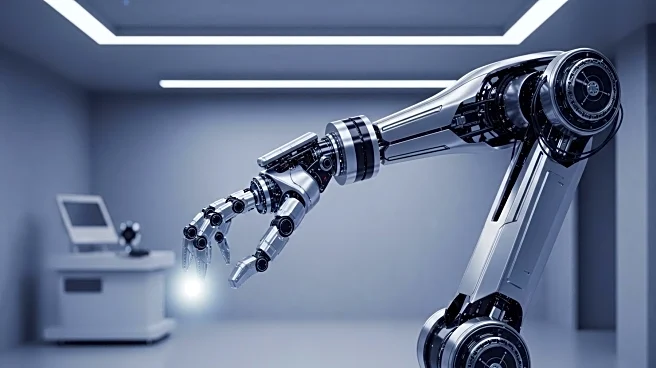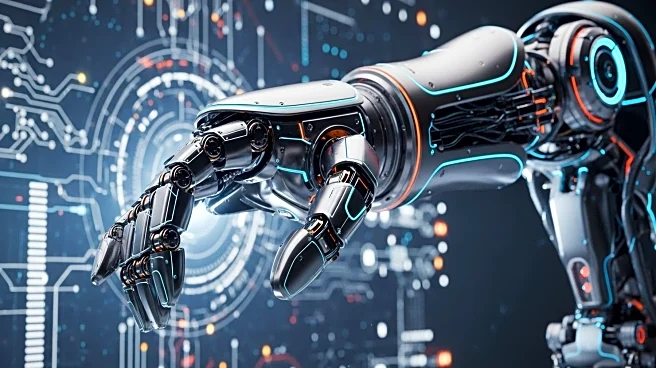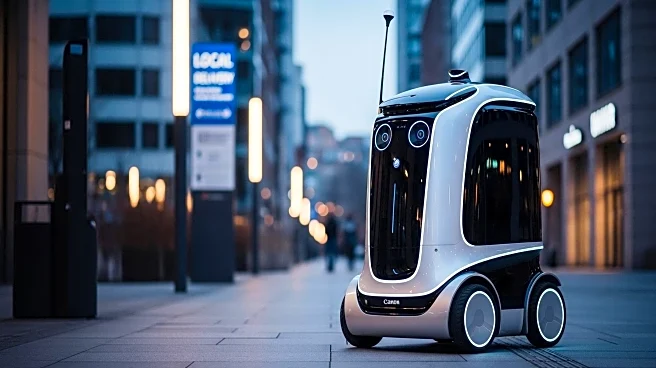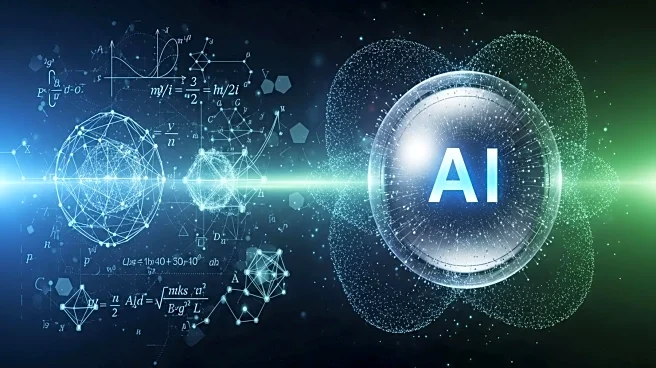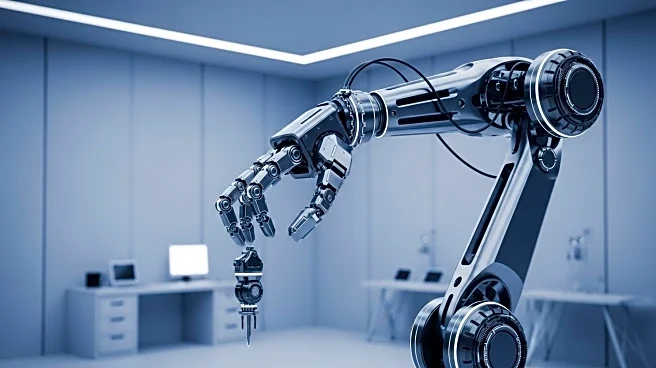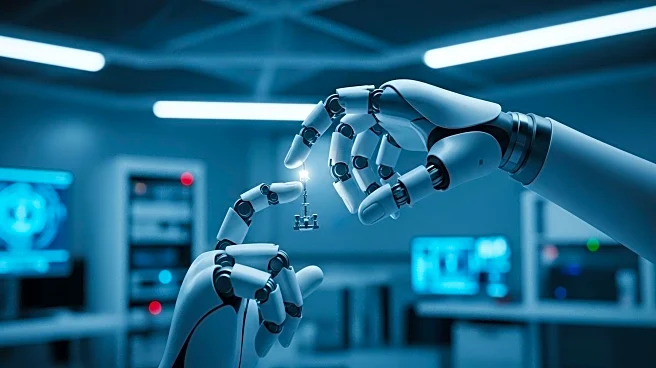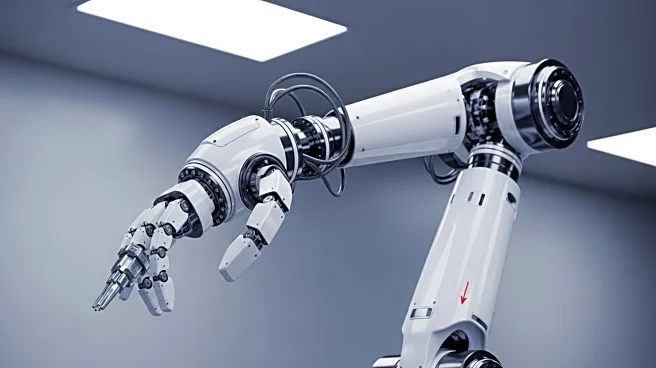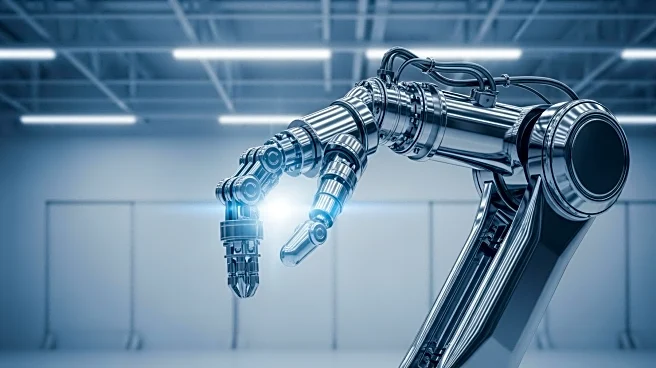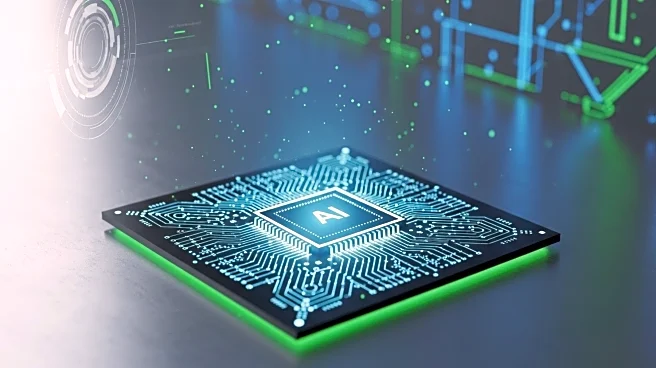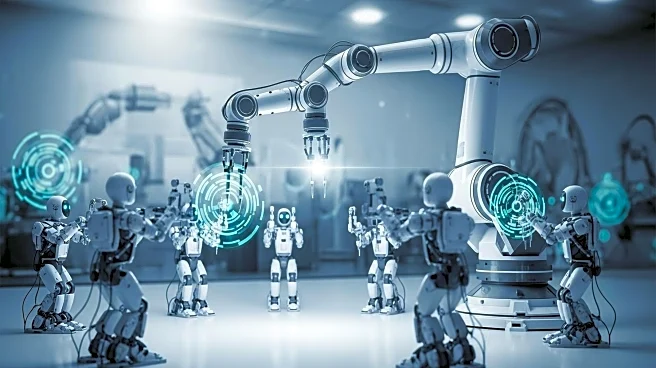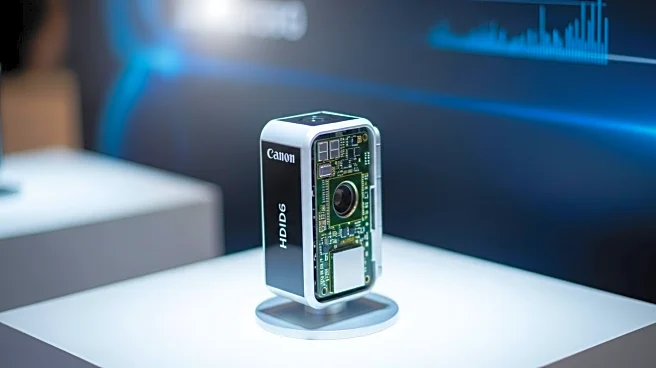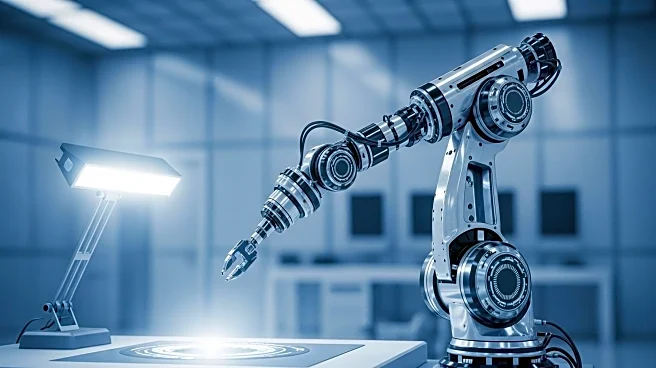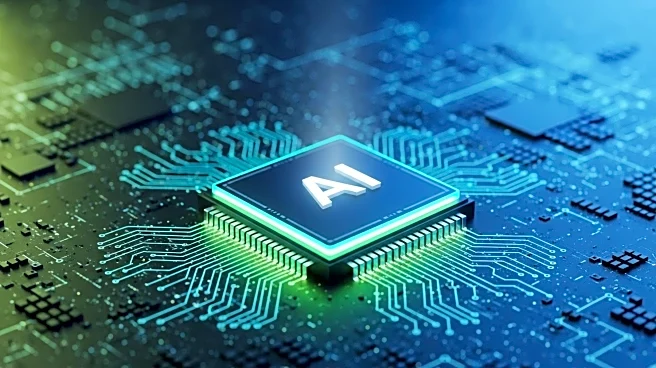What is the story about?
What's Happening?
Renowned roboticist Rodney Brooks has published a critique of the current state of humanoid robotics, arguing that achieving human-level dexterity in robots is unrealistic in the near future. In his essay, Brooks contends that the current approaches, heavily funded by venture capitalists and tech companies, are unlikely to yield robots with human-like dexterity due to the lack of necessary sensory data and engineering. He emphasizes that current humanoid robots lack the touch and force sensing required for dexterous manipulation, which is essential for their economic viability.
Why It's Important?
Brooks' critique challenges the optimism surrounding humanoid robotics, highlighting the technical and sensory limitations that hinder their development. This perspective is significant as it may influence investment decisions and research directions in the robotics industry. By questioning the feasibility of current approaches, Brooks encourages a reevaluation of the strategies employed in developing humanoid robots, potentially leading to more realistic timelines and expectations. His insights could steer the industry towards more achievable goals, focusing on practical applications rather than speculative advancements.
Beyond the Headlines
Brooks' analysis suggests a shift in the design and functionality of future humanoid robots, moving away from human-like forms to more practical designs with wheels and task-specific features. This could lead to a redefinition of what constitutes a humanoid robot, impacting how these machines are integrated into various industries. The debate sparked by Brooks' critique may also prompt a broader discussion on the ethical and safety considerations of deploying humanoid robots in human environments, particularly concerning their interaction capabilities and potential risks.
AI Generated Content
Do you find this article useful?
